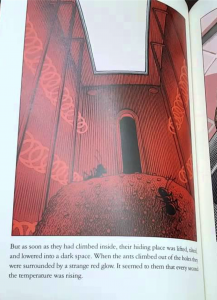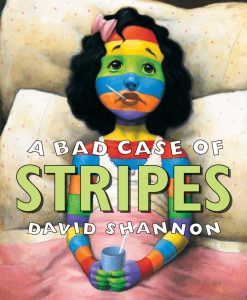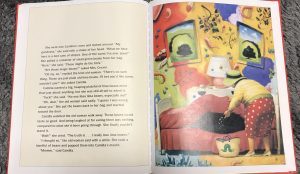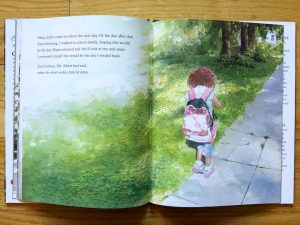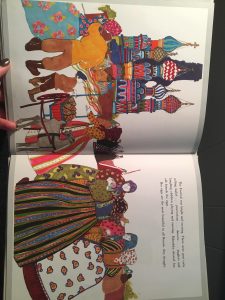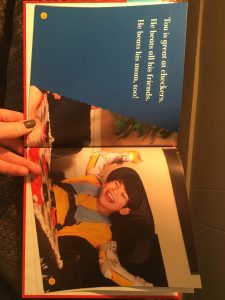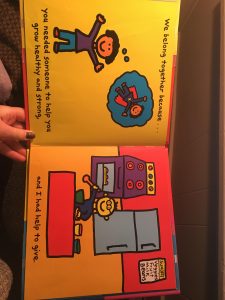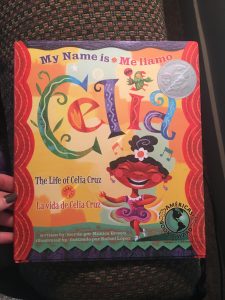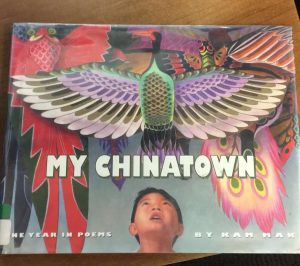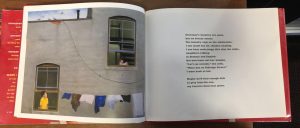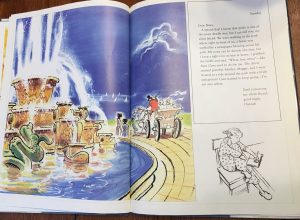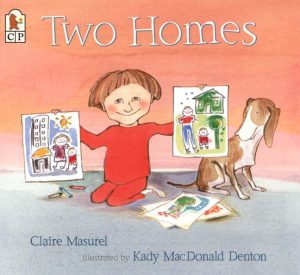
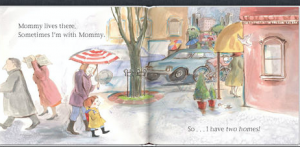
Title – Two Homes
Author(s) – Claire Masurel
Illustrator/Photographer – Kady MacDonald Denton
Publisher and Year – Candlewick Press, Cambridge, MA (2001)
Number of pages – 40 pages
Tags/Themes – Rylie Loux, Family, Emotion, K-1, 2-3
Genre – Fiction
Descriptive Annotation: This story is about a boy named Alex and how he lives in two different homes, because his parents are separated. He describes the many different things that he has at his mommy’s house and daddy’s house. “I love Mommy. I love Daddy.” While these two homes are very different, he knows that whether he is with mommy or daddy, he loves them and they love him.
Classroom Application: This book would relevant in teaching younger children because divorce and the separation of parents are real life situations and this book would be a helpful independent tool especially if the teacher knows the students family dynamic. This could also be helpful for children who are transitioning into a life of two homes, by giving them a young character that they can connect and relate to. A quote from the story is, “I have lots of friends. Friends come and play at Daddy’s. Friends come and stay at Mommy’s.” This quote shows students that they are still able to have their friends over, because they have two places to go. This book could also be used as an independent study if the teacher knows a student whose parents may be going through a divorce. In today’s world, with divorce becoming more common, it may be appropriate to read this to the entire class for them to know they are not different or any less than those with married parents.
Linguistic and Cultural Diversity Analysis: This story focuses on what is gained rather than what is lost when parents divorce. It depicts a child-centered and positive outlook of a family split between two homes. This story highlights how things are different, but they are also the same because both parents love them very much. This book shows that even through this sad moment in life, having two homes does not have to be a bad thing.


